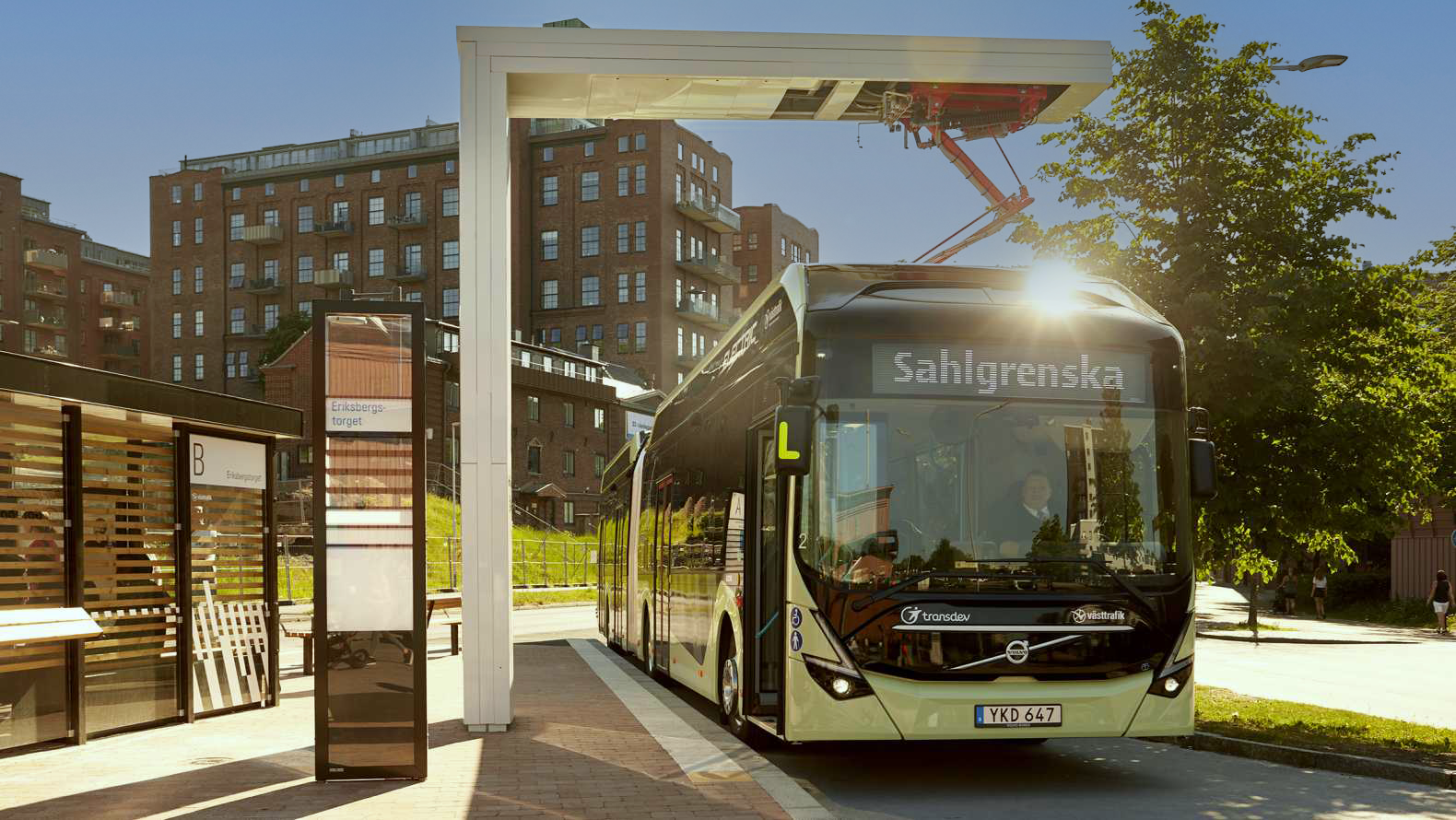ElectriCity – Cooperation on the electrified transports of tomorrow
How do you create the conditions for sustainable and attractive transport in the city? And how can a city be developed when exhaust gases and noise disappears? In Gothenburg, 15 actors from industry, research and society work together to develop, test and demonstrate new solutions for the future. The collaboration goes under the name of ElectriCity.

Within ElectriCity, solutions that can contribute to sustainable, electrified travel and transport are being developed, tested and demonstrated – with the potential to create new opportunities for urban development. ElectriCity, which was started with the aim of promoting the electrification of public transport, has achieved several positive results. This has attracted more actors to the collaboration, which has been extended to more areas and become even closer. The width of the collaboration creates new conditions for traveling, building and living in the cities of the future.
ElectriCity is run by partners from industry, the public sector and academia who together accelerate the innovation work and are guided by a common vision.
The collaboration works in several different areas:
Electrification and development of public transport and construction sites
Testing, evaluating and developing electric bus traffic is a central part of ElectriCity. In 2015-2020, electric buses ran on route 55 between Chalmer's two campus areas in Johanneberg and on Lindholmen in Gothenburg, and in 2018-2020 the demonstration traffic was expanded with electric articulated buses on part of route 16 (EL16). The demonstration buses laid the foundation for what was then one of the largest procurements and rollouts of electric buses in Europe. But it is not only electrification that has been tested, but also the design of and functions on and around the buses. The results have so far been numerous and include, among other things, automated functions, functioning geofencing, more attractive public transport, cleaner air, reduced noise and increased health for those who live near bus lines with electric buses.
Work machines on construction sites, the city's work machines used on our streets and the traffic to and from construction sites are also tested within ElectriCity. The focus is on electrifying these vehicles and making it work on a system level – with big gains for the urban environment and those who work with and around these vehicles.
A demo arena for new products and services
ElectriCity has created a platform for the development and testing of services and products that can contribute to more attractive and efficient public transport, acceleration of electrification and a more sustainable urban environment. For example, the demonstration arena has been the place for the development of innovative IT solutions, tests of the design of buses, new solutions for bus stops, traffic management systems and safety concepts as well as systems for energy supply and energy storage. Connected solutions for traffic planning and control and maintenance are also being tested, as well as new business models for sustainable mobility in the city, which can be scaled up outside the demonstration arena.
A platform for research
When a silent and emission-free all-electric bus moves in an urban environment, new situations arise that are interesting for research. This may apply to how the residents of the city experience and are affected by the buses, or how travelers perceive and use new solutions that come with the route. Indoor parking spaces are also a new phenomenon that may become more common. How do you manage the climate indoors, with a bus that comes and goes? How should the electrical systems be built? And not least – how can cities be planned in new ways? New research may provide answers.

